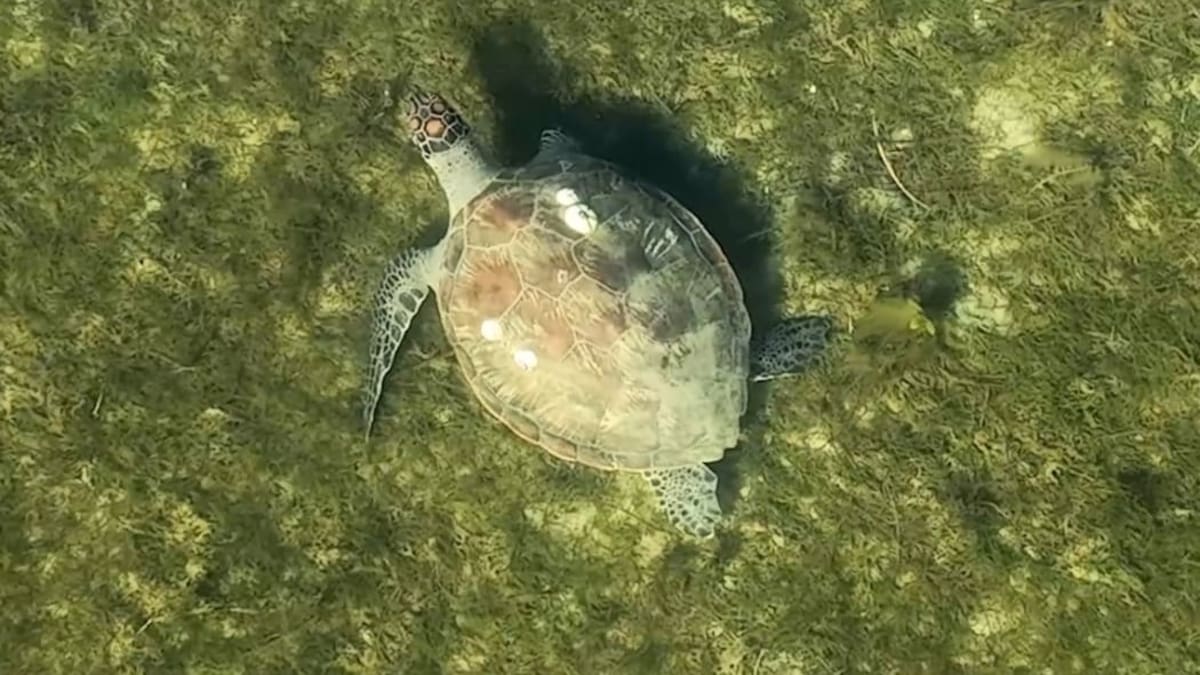Drone image of a green turtle foraging in the Far North’s Rangaunu Harbour. Photo / MV Erdmann
Finucci said green turtles were the only sea turtle species that lived year-round in New Zealand waters, with juveniles using shallow coastal habitats as foraging grounds before they dispersed throughout the Pacific.
Scientists still didn’t know where they went once they left New Zealand.
The study’s findings highlighted the need to identify and protect critical green turtle habitat, including Rangaunu Harbour, as soon as possible, she said.
That was echoed by Nina Raharuhi, hapū cultural and environmental monitor for nearby Haititaimarangai Marae.
She had a message for boaties and recreational fishers using the popular harbour.
“Kia tūpato, ata haere. Be cautious and take it easy in the harbour as these beautiful species reside here amongst us,” she said.
Haititaimarangai Marae environmental monitor Nina Raharuhi. Photo / RNZ, Peter de Graaf
Department of Conservation principal ranger Paul Mills said the confirmation of green turtles feeding in Rangaunu Harbour was both exciting and significant.
“Turtles are a high-profile species that really capture public attention, and they can serve as powerful ambassadors for the health of coastal ecosystems – from seagrass beds to fish stocks – all of which are facing growing pressure from human activity and climate change,” he said.
Re:wild Shark Conservation director Mark Erdmann said he was surprised how easy it was to find the turtles by drone, even when they were submerged and feeding in seagrass.
“We use drones extensively in our surveys of oceanic manta rays in the coastal waters of Aotearoa, but I wasn’t sure how well drones would work on green turtles… There’s tremendous potential to expand the scope of this drone monitoring of honu [turtles] across northern New Zealand.”
A pair of green turtles foraging in Rangaunu Harbour, as seen from a drone. Photo / MV Erdmann
The turtle study, called “Trialling a honu monitoring tool for iwi-led honu reporting in Te Hiku”, was a collaboration between Ngāi Takato, Ngāti Kahu, Moana Whenua Trust Ltd, the Department of Conservation, Conservation International and Auckland Museum.
The survey team also documented eagle rays, stingrays and several fish species.
In a separate study aiming to find out where green turtles go when they leave New Zealand, two out of five rescued green turtles released in Rangaunu Harbour in March this year were fitted with satellite tracking tags.
The tags will transmit location data every time the turtles surface for a period of about 12 months.
–RNZ

